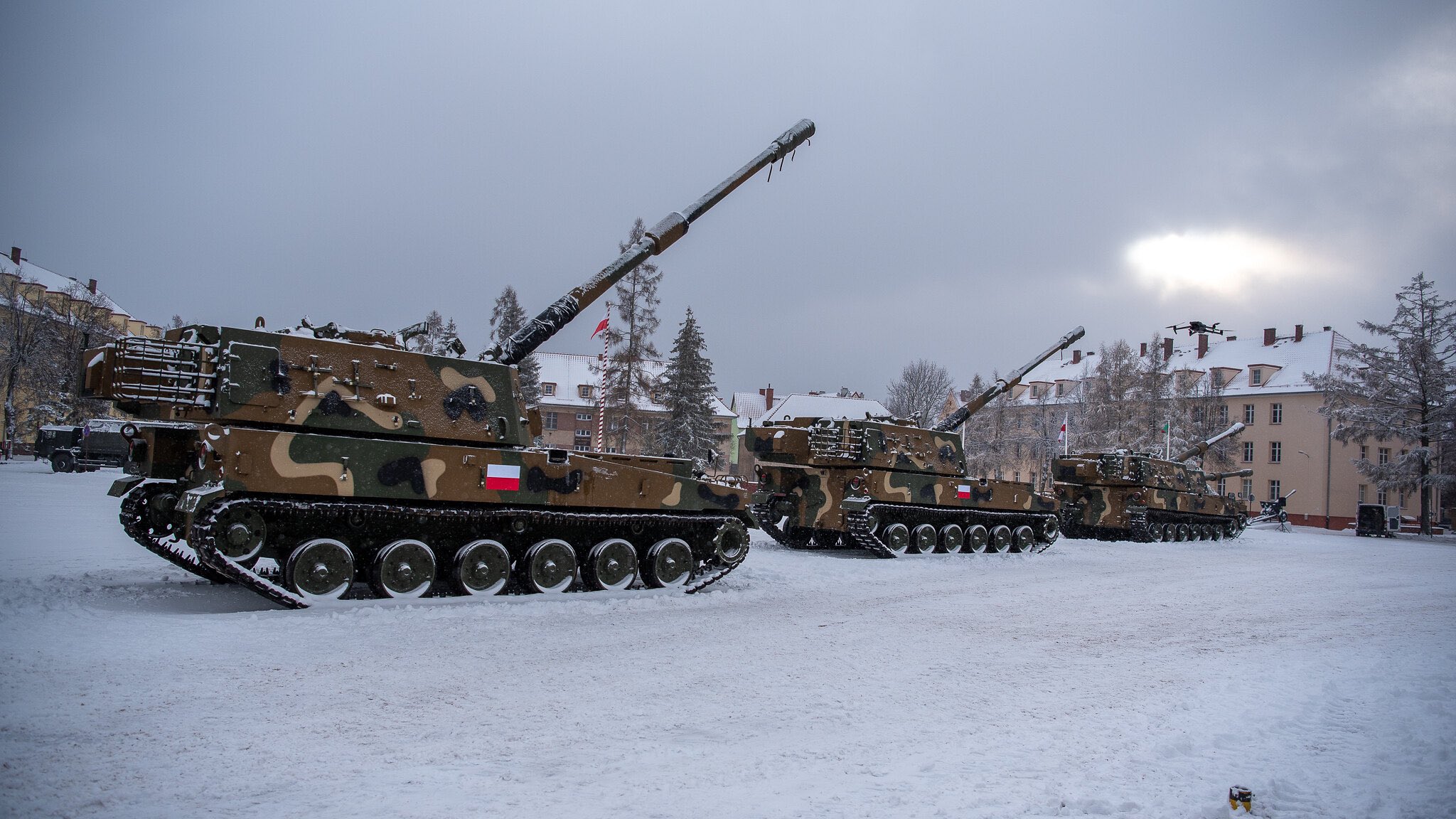Poland is creating a new heavily-armed infantry division to be deployed in the east of the country along its Russian and Belarusian border, the country’s Defense Minister Mariusz Błaszczak confirmed on Monday.
Błaszczak announced the fifth division of Poland’s armed forces was to be formed during a visit to the eastern city of Białystok.
He said the new units were forming in areas where the army’s manpower had been limited, pointing to how the previous liberal government had reduced the size of Polish armed forces in the east of the country back in 2011.
It is understood the latest division will be armed with Korean K2 tanks, American Abrams tanks and long-range Krab and K9 howitzers.
Błaszczak said the government has been strengthening the armed forces since coming to power in 2015, especially in the eastern part of the country, and revealed the new infantry division will concentrate on the Podlaskie province which borders Belarus.
The new division will include tank and artillery brigades, with Błaszczak pointing to the fact that the war in Ukraine had demonstrated the key role played by artillery in effective defense. The artillery brigade, apart from being armed with howitzers, will also have Gladius surveillance and attack drones at its disposal.
Brigadier General Norbert Iwanowski has been named as the officer responsible for setting up the new division. He revealed the decision to place the new division in the Podlaskie province had been dictated not only by operational concerns but also by factors such as demographics, the potential to recruit volunteers, as well as social factors, such as access to education, health services, and the level of unemployment in the area.
The new division is to be capable of repelling threats from potential aggressors by projecting strength. It will be designed to operate in a dispersed format and be able to work with allies. It will also be expected to be capable of coping with non-military threats such as natural disasters.





